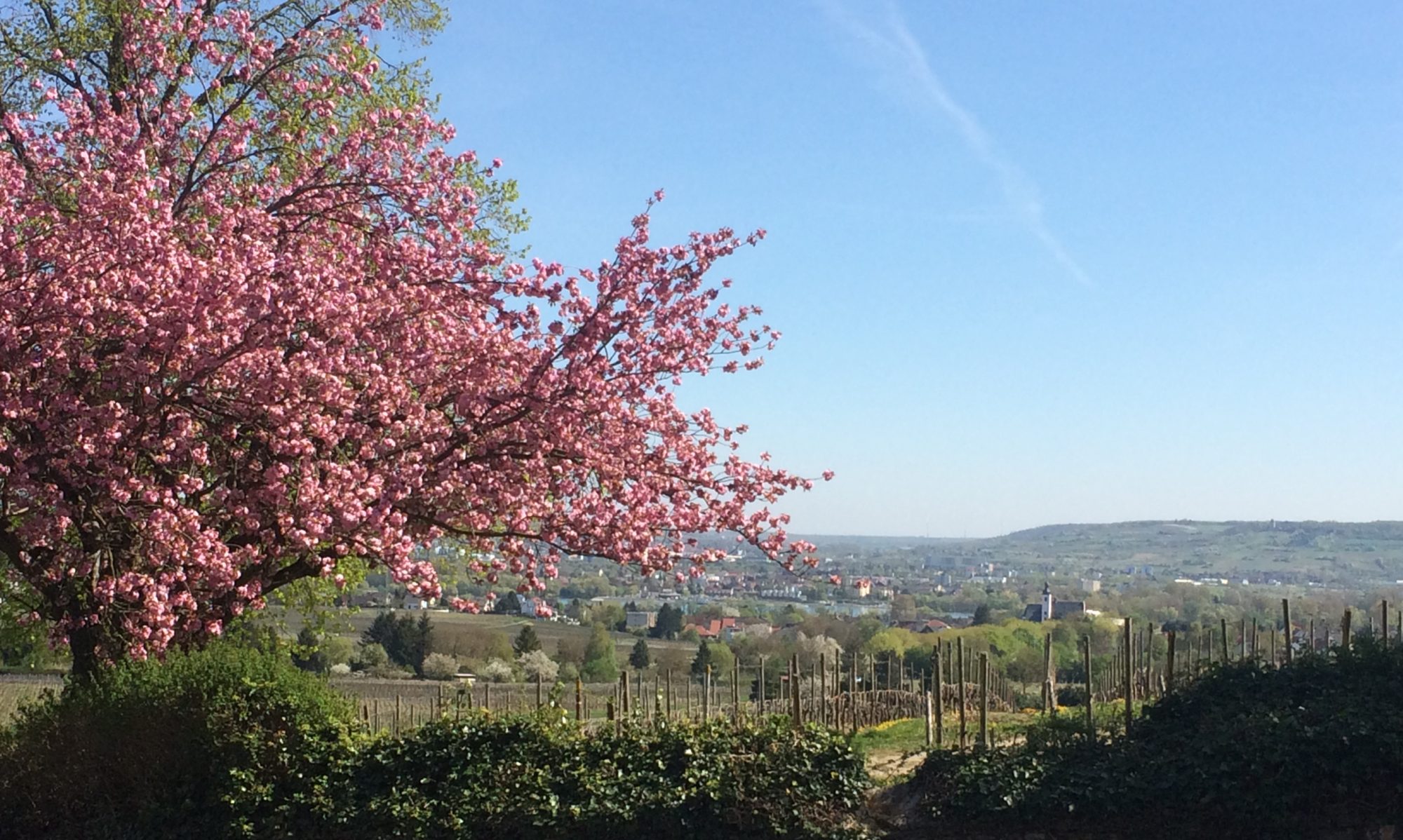These days most everyone accepts the premise that global warming is real and poses a threat to the future of the planet. Reports of tragic fires, raging floods and record snowfalls are regular features in newspapers every day.
In an attempt to meet the challenges of our changing world climate, Germany has developed some interesting urban planning methods to help in the off-take of water during flash flooding and to reduce heat in urban areas of intense exposure during periods of extreme dryness.
Here are several highlights.
Sponge Cities
A Sponge City (Schwammstadt) is an urban planning concept that attempts to save as much rain and surface water as possible where it falls instead of channeling it into the canalization system in order to direct it away from source to a centralized collection site. This concept is important during flash flooding, when the the traditional redirection of water to central collection sites results in an overtaxation of the canalization, causing damage. The idea of keeping and using precipitation where it falls has many advantages: It is more efficient; it creates a water resource for urban trees and plantings at source; its evaporation helps to reduce temperatures and thus cool infrastructure, from streets and sidewalks to buildings and public spaces.

Example of porous asphalt

Example of absorbent paving stones
Source: iStock Photos
The sponge system relies on several environmental and agricultural technical features like porous pavements that allow water to seep away, underground or above ground troughs that can retain water, and trenches that can lead water to local collection points or areas of high heat exposure (building surfaces, open paved areas) for cooling. Underground water retention ponds are an additional resource for collecting urban water for use in local hot spots.
Berlin and Hamburg are both innovators in the execution of Sponge City concepts. These cities lend themselves to the development of techniques to retain water locally since Hamburg is located at the ocean and Berlin is surrounded by many lakes and swampy land. Other German cities are also expanding the use of absorbent pavement materials, particularly in areas where flooding occurs regularly (ie., along the Rhine and other rivers, especially those located in steep valleys).
Green Cities
Another contemporary planning concept for fighting global warming in urban environments is to ‘green them up’. This means the planting of trees in open areas along streets, planting rooftops and building facades with bushes and trees, and the creation of constructed wetlands, ponds and open water surfaces throughout the city landscape.
These efforts not only improve the optical quality of life in cities, but also contribute, through evaporation, to cooling during heat phases and the absorption of CO2 to improve air quality for residents.

Example of ‘greened’ building

Example of ‘greened’ house roof
Source: iStock Photos
Multiple Use Spaces
Air quality is also a very important component of city-living. A key pro-active concept for reducing CO2 in the inner cities (and thus improving air quality) involves an increased availability of affordable local public transport, footpaths, cycle ways and something called ‘Multiple Use’ spaces. The focus here is on so-called “grey infrastructure”; streets, squares, parking spaces and buildings that could be made more green and where cars, pedestrians, bike riders and children can all co-exist in pedestrian zones with limited traffic. Digital Mobility Stations on site encourage shared use of infrastructure by providing information about the availability of local car sharing and bicycle/moped/cargo bike pick up sites in the vicinity. A secondary benefit of well-planned multiple use spaces is that they create homogeneity among local residents, because they can fulfill most of their shopping and service requirements by foot or nearby. Less driving and traffic congestion thus contribute to a higher quality of life and a harmonious local environment.

Example of a digital Mobility Station
Source: iStock Photos
Summary
As the challenges of global warming continue to affect our environment and how we live, top-of mind awareness and adaptation of new measures to confront change will be increasingly important to maintaining quality of life, in urban areas and non-urban areas alike.
Sources:
‘How Smart Mixed-Use Environments Can Refine Urban Spaces’, Christian Lehmkuhl, April 11, 2023, www.gensler.com
Wikipedia, ‘Schwammstadt’, www.wikipedia.org
‘Das Konzept der Schwammstadt’, www.sieker.de
